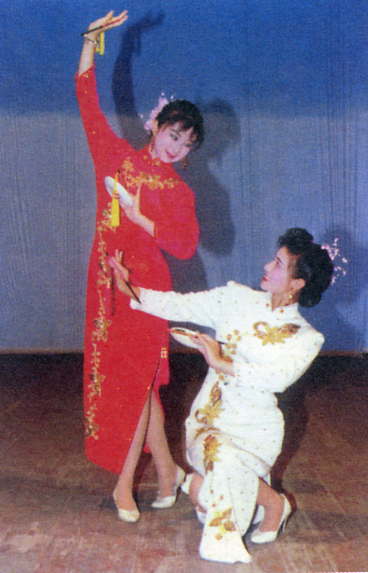| Art Q&A > Quyi |
|
|
Guangxi Wenchang
Guangxi Wenchang is called Wenchang for short, and is prevalent in mandarin-speaking areas north of Guilin in the Guangxi Zhuang Autonomous Region, especially in Guilin, Liuzhou and so on. Guangxi Wenchang is the representative form of Quyi in this region, having reached here early in the Daoguang reign (1821-1851) of the Qing Dynasty (1644-1911) from Jiangsu and Zhejiang provinces.
The vocal music of Guangxi Wenchang is divided into Dadiao and Xiaodiao (canzonet). The narratives of the songs are based on historical romances or tales of the supernatural written during the Ming (1644-1911) and Qing dynasties. The best known are The Story of the Jade Pin, The Story of White Snake and The Western Bower Descriptions of beautiful scenery in Guilin appeared in the form of Guangxi Wenchang in recent years. Examples are Strolling in a Picture, The Fairyland of Guilin and A Visit to the Seven Star Cave at Night. |
||||
All rights reserved. Reproduction of text for non-commercial purposes is permitted provided that both the source and author are acknowledged and a notifying email is sent to us. |
||||
 |
